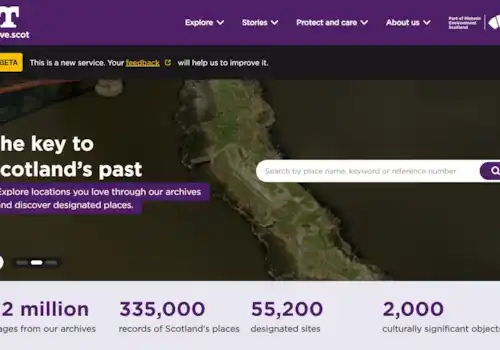30 June 2021
|
Discover how to evaluate possible relationships and probabilities with Michelle Leonard's expert DNA guide.
You can use this step-by-step method to assess shared DNA, no matter which of the DNA testing companies you used, writes DNA expert Michelle Leonard.
All of the DNA testing companies provide broad relationship predictions (e.g. 2nd-3rd cousin or 3rd-5th cousin) as a guide to how we and our matches may relate to each other.
My general recommendation is to not read too much into these and, instead, use the total amount of shared DNA to evaluate ALL of the potential relationships and probabilities that could correspond to the amount you share with your match. To put this into practice, follow these steps:
Step 1
Find the highest unknown match on your testing site and note down either the number of centiMorgans (cMs) or the percentage of DNA shared.
Step 2
If the match is on Ancestry simply click on the amount of shared DNA in order to access the 'Possible DNA Relationships' table. If the match is on any other site, open a new browser tab and navigate to the Shared cM Project Tool at the DNA Painter website (make sure you use the beta probabilities as they are the most up-to-date!).
Step 3
Plug the number of cMs or percentage of shared DNA into the tool and all of the relationship possibilities and probabilities will populate in a table below.
Step 4
Evaluate all the displayed relationships from those in the top to those in the bottom probability brackets then create a list of the most to least likely for your specific case by taking into account not only the probability percentage but any additional known information about the match (e.g. if Half GG Aunt is in the high probability bracket but you are aged 65 and your match is aged 30 you can rule that out as impossible!).
Step 5
Use this newly created list as a reference when comparing your tree to your match’s tree instead of the broad relationship estimate provided by the testing site.
More DNA advice and resources
Webinar Recording: DNA Absolute Beginners
Do you know very little about DNA but would like to change that? Get started on your DNA genealogy journey with this webinar recording presented by DNA expert Michelle Leonard, course tutor on our hugely popular DNA Bootcamps.
DNA Workbook
The DNA Bootcamp Workbook is a packed 52-page guide to help you learn more about DNA for family history and to put your new-found DNA knowledge into practice.








